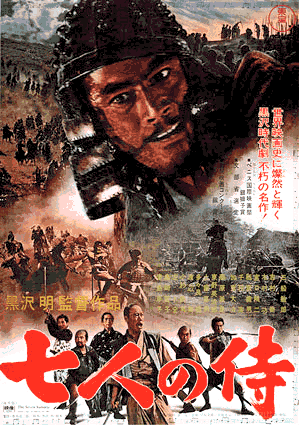☆ ☆ ☆ ☆
Suspicion
(1941) – A. Hitchcock
Hitchcock (always a master
self-plagiarist) here provides shades of Rebecca (1940), a recent hit for him.
So again, we see Joan Fontaine anxious and doubtful of her husband (but this
time she won the Oscar she was earlier denied). Cary Grant plays the charming
cad well enough for us to think that he could be a murderer (which is what
Fontaine eventually suspects – hence the title). Accounts differ as to whether the censors (or
Cary’s backers at the studio) tampered with the ending or whether Hitch wanted
all along to portray a woman’s paranoid fantasies. Indeed, things are mostly ambiguous most of
the time – although we can probably agree that Cary is irresponsible and thus
rather unlikeable. No real MacGuffin
here but a glowing glass of warm milk that may be spiked with an untraceable
poison is a memorable touch. A key plank
in the construction of Hitchcock’s image, if not his best work.









